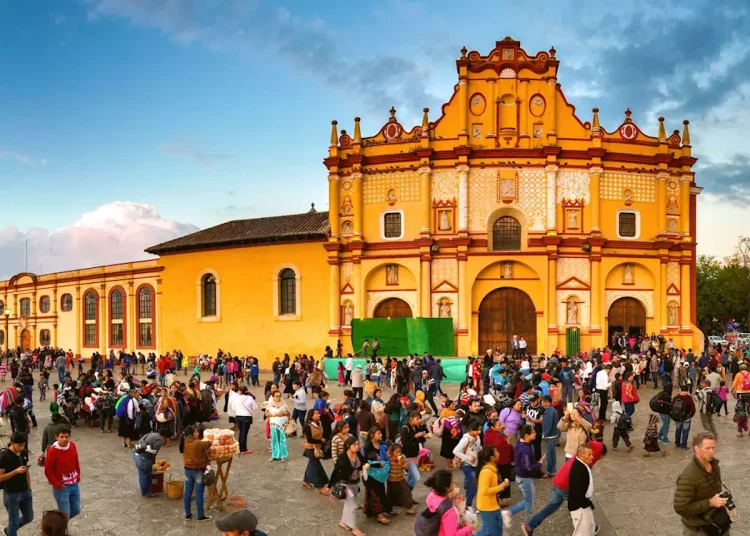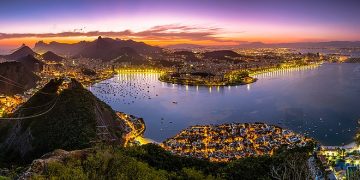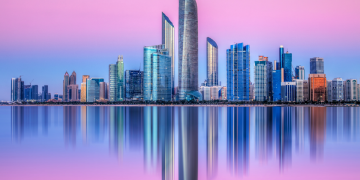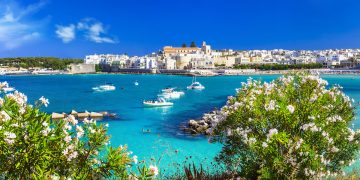The Rise of Mexico’s Inland Creative Havens
In 2025, a quiet migration is underway—not toward beaches, but toward the mountains. Remote workers, digital creatives, and culture-hungry travelers are increasingly bypassing Mexico’s well-trodden coastline for its colonial highlands. San Cristóbal de las Casas in Chiapas and Guanajuato in the Bajío region are no longer just backpacker outposts or bohemian stopovers—they’ve become semi-permanent homes for a new class of urban nomads who crave cultural depth, slower rhythms, and inspiration steeped in centuries-old architecture and ritual.
Far from the frenzy of Cancún or the gentrified gloss of Tulum, these highland cities offer an antidote: walkable cobblestone streets, coffee grown in nearby cloud forests, and a calendar bursting with festivals that don’t need to be “curated” for Instagram. Yet the Wi-Fi works, the food scene thrives, and the cost of living—at least for now—still allows many to trade a tech job in San Francisco for a tiled-rooftop apartment overlooking a colonial plaza.
This wave is less about escapism and more about reconnection: to language, to craft, to community, and to a way of life that feels both rooted and adaptable.
Why San Cristóbal and Guanajuato Became Nomad Magnets
What makes the colonial highlands so magnetic for today’s location-independent class? It’s partly a matter of aesthetics. Both San Cristóbal and Guanajuato are visually arresting, their historic centers preserved like painted storybooks. San Cristóbal, nestled in the pine-forested Chiapas highlands, is a kaleidoscope of pastel facades, Mayan textiles, and misty mountain backdrops. Guanajuato, carved into a ravine, glows with Baroque churches, narrow alleyways, and pink-hued plazas that transform at sunset.
But it’s also about function. These cities are built on a human scale. You don’t need a car. You can wake up, walk to a bakery for fresh conchas, answer Slack messages from a leafy courtyard café, attend a Spanish conversation group in the afternoon, and end the day watching live marimba or street theater. In other words: you can have a full life, not just a productive one.
In the last year, digital infrastructure has quietly caught up. Coworking spaces like Centralita in San Cristóbal and Work Café Guanajuato offer fast connections and community. Meanwhile, locals and expats alike are launching hybrid spaces that blur the line between gallery, workshop, kitchen, and studio—feeding the exact kind of lifestyle integration many creatives seek.
Festivals, Folklore, and Cultural Immersion
What separates these highland destinations from other nomad hubs like Lisbon or Medellín is the sheer density of participatory culture. In San Cristóbal, remote workers find themselves not just observing—but joining—Zapatista marches, community sewing circles, and indigenous weaving cooperatives. Markets pulse with embroidered blouses from San Juan Chamula, hand-carved gourds, and herbs sold for both cooking and ceremony.
Language immersion is not just available, it’s woven into everyday life. Spanish schools like Instituto Jovel have long catered to travelers, but now offer hybrid courses for long-stay residents who want to learn at their own pace. Some even offer Tzotzil Maya classes, giving language nerds and anthropologists-in-the-making a rare portal into indigenous epistemologies.
Meanwhile in Guanajuato, the famous Festival Internacional Cervantino takes over the entire city each October, turning streets into poetry readings, rooftop concerts, and experimental dance stages. The Day of the Dead in both cities transcends photo ops—it’s an emotional anchor, a time when locals build altars to their ancestors and invite strangers to understand life through the lens of death, memory, and marigolds.
This depth of cultural programming isn’t manufactured for tourists. It’s part of the DNA. And urban nomads, weary of transactional travel and surface-level sightseeing, are responding to the invitation.
A Cost of Living That Encourages Experimentation
While inflation has touched nearly every corner of the globe, the Mexican highlands still offer a standard of living that supports creative risk-taking. A well-located studio in San Cristóbal might rent for $400 a month. In Guanajuato, a shared colonial home with a rooftop view could go for less than what a parking spot costs in Brooklyn. Artisanal food, home-cooked meals, hand-stitched clothing—things that are premium-priced in much of the West—are both accessible and ethically sourced here.
This financial breathing room creates space for experimentation. Writers launch newsletters. Artists take six-month sabbaticals. Programmers build side projects that don’t need to be monetized overnight. Unlike in coastal resort towns, where prices often rise with tourist demand, the highland economy is still tethered to local rhythms and costs.
Of course, this affordability comes with a responsibility. Many nomads are now rethinking their impact, choosing to rent from locals rather than Airbnb, supporting community-led workshops, and engaging with questions of land use and gentrification that come with any form of creative migration.
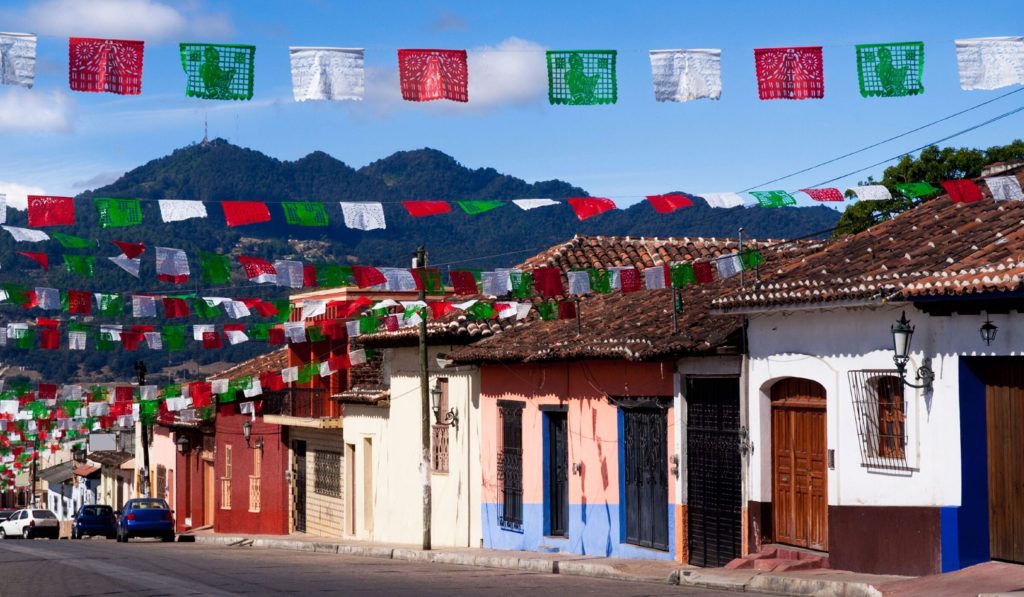
Healing, Slowing Down, and Rediscovering Purpose
Beyond the work-life perks and cultural thrills, something deeper is drawing people to these highland towns: the chance to recalibrate. Burned-out software engineers, post-divorce writers, and pandemic-fatigued millennials alike arrive in Chiapas and Guanajuato not just to relocate—but to recover.
In San Cristóbal, healing circles, herbal clinics, and temazcal ceremonies (indigenous sweat lodges) offer something more elemental than spa retreats. They offer rootedness. This is a place where spirituality isn’t sold as a service—it’s practiced communally, at dawn by the river or in a neighbor’s garden.
The same is true in Guanajuato, where artists often speak of the city as a muse. Its geography—hidden staircases, layered vistas, mountain light—forces slowness, attention, presence. The act of walking becomes meditative. The act of creating becomes inevitable.
Many of these urban nomads aren’t interested in becoming expats forever. But they stay longer than expected. Three weeks become three months. A sabbatical becomes a lifestyle shift. Not because life is easier here—but because it feels more alive.
Challenges, Lessons, and Local Perspectives
It would be naive to paint this trend without its complexities. Housing availability is tightening in the most desirable neighborhoods. In San Cristóbal, some residents have raised concerns about foreign buyers purchasing traditional homes and altering the character of old barrios. In Guanajuato, the success of nomad-run cafes and yoga studios sometimes overshadows the quieter, older businesses that have served locals for generations.
Yet dialogue is happening. Community forums, bilingual collectives, and shared art residencies are fostering mutual exchange. Many of the new arrivals are not just consuming local culture—they’re contributing to it. Some are teaching free digital literacy classes. Others are translating indigenous literature or helping build online storefronts for traditional artisans.
It’s not perfect. But it’s a model worth watching.
How to Join This Movement Responsibly
For travelers intrigued by the colonial highlands, the invitation is open—but it comes with caveats. Come not just to extract, but to engage. Take the language seriously. Tip generously. Ask questions. Support markets, not malls. Stay in a home that contributes to the community, not displaces it.
Most importantly, let the place change you. Don’t try to remake San Cristóbal or Guanajuato in the image of your last favorite city. Let them stand on their own, with all their contradictions, histories, and magic.
These aren’t blank slates for digital entrepreneurs. They are living, breathing towns with identities long before the internet arrived.
The Future of the Highlands as a Nomadic Haven
As 2025 unfolds, more remote workers are trading Wi-Fi speed comparisons for community-based living. Mexico’s colonial highlands are no longer a backup plan—they’re a blueprint. A template for how creativity, culture, and connectivity can co-exist without sacrificing soul.
Whether you come for a season or a sabbatical, what you’ll find in the highlands isn’t just a place to work remotely—it’s a place to live deeply.


